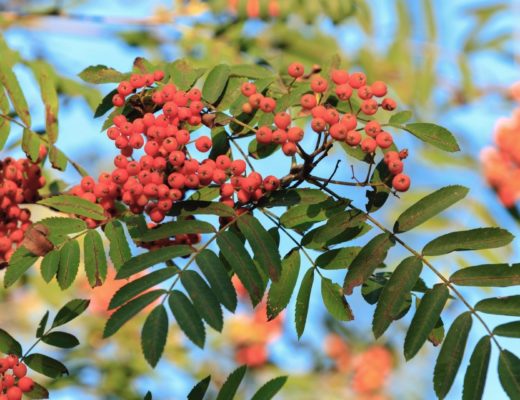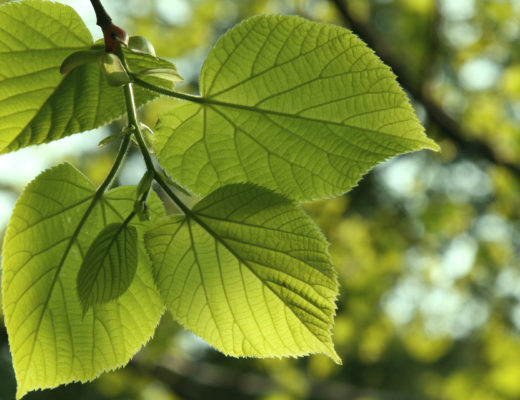Populus tremuloides
Unaided, this humble but sturdy little tree has restored many of the forests that man has destroyed, and when cultivated, has replenished many harvested forests within 50 years.
The quaking aspen has a reputation for numerous traits that distinguish it from other trees, but its most notable claim to fame is having the widest natural range of any tree in North America. The tree is found as far north as Canada and extends south to Mexico. As if that’s not enough, the aspen holds title to the strange claim of being the largest living organism. Not even whales and sequoias can top this one.
Aspens grow in stands called clones, and these clones reproduce by sending up sprouts from their roots. This means that virtually all the trees in a clone are connected by a single root system. One clone in Utah was said to have 47,000 stems and weigh an estimated 6,000 tons, that’s three times more than the world’s single largest tree.
Aspen trees live fast and dramatic lives. One hundred years is considered old for an individual aspen. But while the individual trees don’t live very long, the large clones can live for thousands of years. When trees that are part of the clone die, they are eventually replaced with new growth. The oldest clone lives in Minnesota and estimated to be 8,000 years old, making it one of the oldest living things on earth.
What’s in a name?
The Onondaga people are said to have called quaking aspen “nut-kie-e,” meaning “noisy leaf.” Rightfully so, the leaves on the quaking aspen make a “quaking” or “crackling” sound when they blow in the wind. This sound is created by the leaf’s long stem and flat, broad shape, creating a quaking sound when the wind blows. The tree’s scientific name is derived from the Latin name tremula, which translates to quaking or quivering. The Latin name for the genus populous, is said to mean “people” and was used because the many moving leave in the canopies of the trees resemble a moving crowd.
In the landscape
Quaking aspen can lend a special beauty to a home landscape, but you must be prepared to deal with the removal of unwanted sprouts. It’s white bark and vibrant fall foliage is sure to capture attention. Add to that its fast growth, and ability to thrive in a wide range (hardiness zone 1-7), and you have yourself a wonderful low-maintenance, ornamental tree.





I’ve been advised by a landscaper that planting quaking aspens in south eastern Pa is risky in terms of survival. What is your opinion?
Hi Jim, so many factors can affect the health and success of a tree. To know how well a quaking aspen will do in your region, we encourage you to consult local experts such as the county extension office or a certified arborist. Additionally, check your hardiness zone to make sure that the tree grows in your area. For some people who border two different hardiness zones, the success rate can be different.